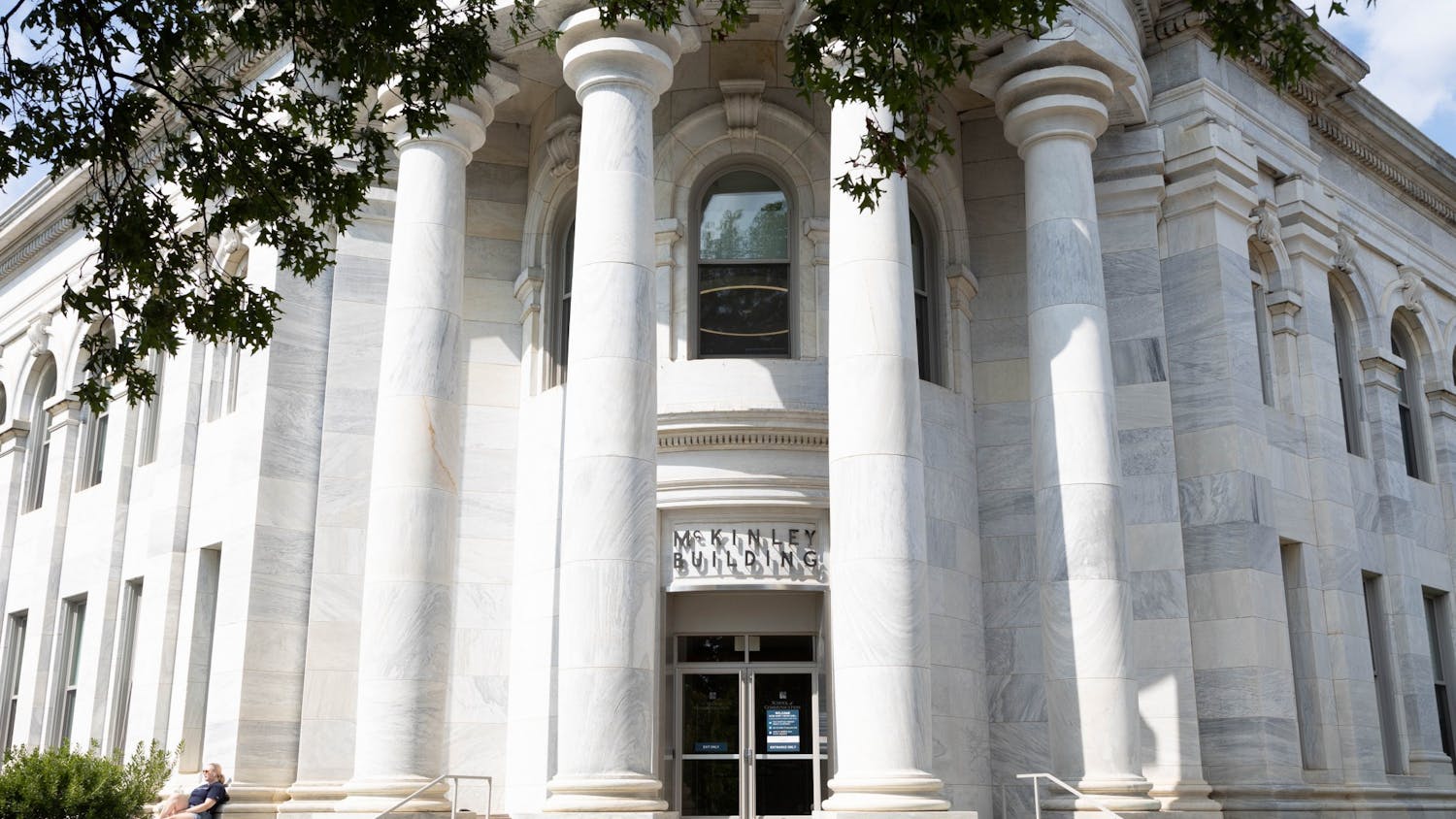During this year’s spring break, a group of 14 students will return to the Chesapeake Bay for “Classroom in the Wild,” a week-long intensive environmental filmmaking program sponsored by SOC’s Center for Environmental Filmmaking.
The non-credit course is open to the public and intended for both experienced and first-time students in filmmaking or photography. AU students have the first opportunity to enroll in this course, which fills up on a first come, first serve basis, according to the Center for Environmental Filmmaking.
On location at the Wye Island Natural Resources Management Area, students have the opportunity to learn how to prepare for and organize film and photography shoots, shoot valuable footage for storytelling, manage media in the field, quickly edit material and use HD cameras and supporting sound gear in the wild.
The course description outlines the realities students face while filmmaking in the wild. Students will learn how to approach animals safely, capture quality sound outdoors and generally prepare themselves and film equipment for wildlife conditions to ensure safety and effectivity in the filmmaking process. Additionally, Classroom in the Wild aims to help students learn how to stay creative and productive in compromising situations, like bad weather and exhaustion, according to the online course description.
According to the course syllabus, students rotate through a series of positions including producer, director, cinematographer, sound recordist, writer and editor. Guest speakers are featured on a variety of topics relating to wildlife and environmental filmmaking and communicating environmental issues through digital media. This year's speakers include filmmaker Sandy Cannon-Brown, president of Friends of Blackwater National Wildlife Refuge Rick Abend, Ted Duvall and Kelly Sweet from National Geographic, and AU film and media arts professor Chris Palmer.
Palmer, the program founder, said the program, “is a great opportunity to learn about the natural world.” Palmer founded and directs the Center for Environmental Filmmaking at AU’s School of Communication.
“What inspired me was that, for the most part, classrooms are in a class,” Palmer said. “What I realized being in wildlife filmmaking myself, was that you can actually learn a lot from being outdoors, so it makes sense to create a program that was a classroom in the wild.”
This is the filmmaking program's tenth year. Previous locations of the program include Florida and Alaska.
“The one that’s been longest and most consistent is the one on the Chesapeake Bay,” said Palmer.
Palmer says that with 14 students and two instructors, students receive great deal of one-on-one instruction during the course that helps them learn and make the most of the program. According to Palmer, unlike the environment of a normal lecture class, students don’t get competitive with one another, but rather learn from each other in a collaborative setting.
Katie Parody, a senior film major who participated in the program last year, said her favorite part of the trip, aside from filming animals like bald eagles, was the friendships made among the students.
“This was an excellent way for me to develop my skills as a filmmaker in an unfamiliar environment where the elements and wildlife can be working against you,” Parody said. “Getting the chance to be behind the camera filming these animals was amazing. Since wildlife filmmaking is all about patience, it is so rewarding when you get the shot you want.”
“Everyone worked together and at the end of the day, after sharing footage and photos, we all were able to relax and have a great time together in such a peaceful environment,” Parody said.
“People are incredibly cooperative and helpful with each other,” Palmer said. “We find people really bond.”
Palmer said that after the program concludes, students evaluate the program. So far, the feedback is all positive.
“Getting away from screens and seeing sunsets, the stars and the glorious outdoors is very liberating and very peaceful,” Palmer said. “If any [AU student] has any interest in the outdoors and in communicating and possibly using films or cameras to communicate their strong feelings about the need to conserve or treat the wilderness with respect, then they should look at this class.”
news@theeagleonline.com





